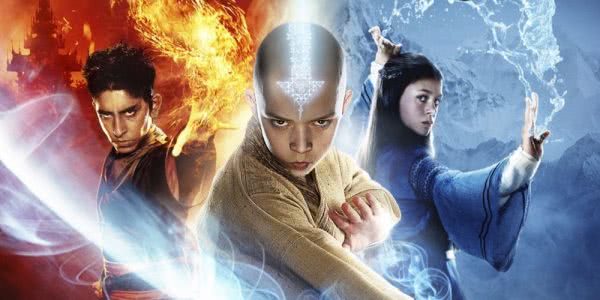 Netflix’s Avatar: The Last Airbender does what Shyamalan couldn’t
Netflix’s Avatar: The Last Airbender does what Shyamalan couldn’t
Written by Erin Dick on Dec 11, 2018
Few children’s television programs boast the complexity of Nickelodeon’s Avatar: The Last Airbender (2005). With the new live action series adaptation set to hit Netflix in 2019, it hurts to think how hard the first attempt at a real-life remake failed.
The 2010 M. Night Shyamalan live action film was a theatrical and political disaster. Gut-churning CGI shots aside, the real problem with this remake was a lack of authenticity.
The intricate world built by the animated series is lost in Shyamalan’s miscast venture. He bumbles through a poorly condensed plot, dismissing the discourses laid out by its animated predecessor.
Racial stereotypes are thoughtlessly emphasised, where a young Dev Patel plays the villain in Fire Nation Prince Zuko, and our protagonists are unnecessarily white. They might be Eskimos from the Water Tribe, but, their colour is the least significant aspect of their identity as characters and as products of a bigger conversation of global, communal and individual harmony.
The 2010 M. Night Shyamalan live action film was a theatrical and political disaster.
Watch the announce for Avatar: The Last Airbender below:
The original TV series
The original series follows an air bender named Aang (voiced by Zach Tyler Eisen), who discovers that he is the next Avatar, the earthly guardian of humankind. Fearing the responsibility of his demi-God status, Aang flees his home in the Air Kingdom.
As a deadly storm hits, he is forced to preserve himself in the depths of the ocean. 100 years passes before he is discovered in an iceberg by two young members of the Southern Water Tribe: a water-bender named Katara (Mae Whitman) and her brother Sokka (Jack DeSena).
Aang wakes to learn that the world has been engulfed in war, led by the Fire Nation. Aang must master all four elements – air, water, earth and fire – to defeat the Fire Lord, end the 100-year war and restore peace and balance to civilisation.
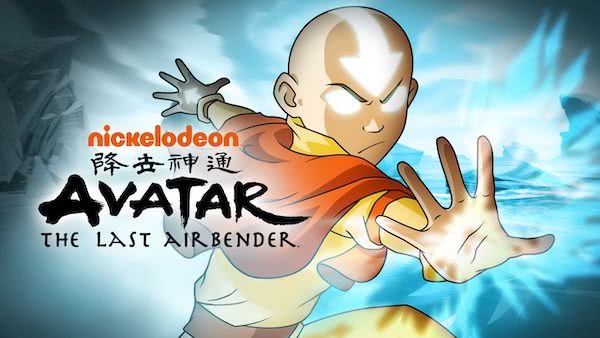
Avatar: The Last Airbender the original series
In a pre-colonial Asiatic setting, the Avatar exists to maintain harmony in society. Only they can master all four elements. This becomes essential when Aang must conquer Fire Lord Ozai (Mark Hamill): His father, Fire Lord Sozin, initiated the war and conducted the extermination of the earth’s Air Nomads.
Aang, who is only 12 years old, must come to terms with the extinction of his people. He must halt the Fire Lord’s plan to achieve world domination and elevation of a Fire Nation master race.
It’s a lot for a young audience to digest
Yet, these themes are communicated with elegance and integrity. Explorations of globalisation, authoritarianism and revolution, coincide with Aang’s philosophical realisations of morality, human connection and destiny.
Avatar takes heed of morality tropes in both Western genre and east-Asian animation and cinema. Aang’s destiny to save the world foils his youthful disposition, ultimately forcing him to mature. Zuko (Dante Basco) is the banished prince of the Fire Nation and son of Fire Lord Ozai.
His driving force is a chance at redemption, capturing the Avatar and delivering him to his father. Zuko endures suffering, before learning the dangers of greed and anger. Aang grapples with his fate, as he considers whether he is capable of murder for the greater good. With the tutelage of mentors, from the living and spirit worlds, Aang and Zuko’s juxtaposed paths lead to restored honour for them both.
Avatar takes heed of morality tropes in both Western genre and east-Asian animation and cinema.
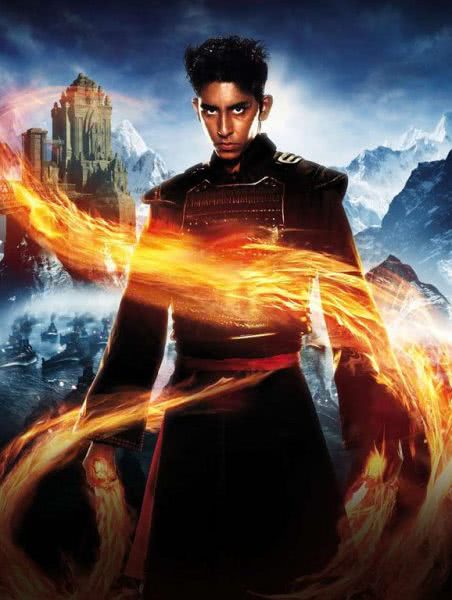
Dev Patel as Fire Nation Prince Zuko
The cultural consultants that guided the art direction
Few western cartoons have adapted anime-style storytelling and characterisation, as well as imagery and symbolism as genuinely as the TV series.
While the creators of the series were interested in western legends and modern epics like Harry Potter (2001-2011) and Lord of the Rings (2001-2003), they were ultimately inspired by Chinese art and religion, east-Asian history and mythology.
They brought on cultural consultants in Edwin Zane and calligrapher Siu-Leung Lee to help guide the art direction and world building of the series. Set designs deviate slightly from the landscapes that inspire them, so as not enforce racial stereotyping.
The indicators of each elemental faction are represented in authentic Chinese characters, except for the Fire Nation symbol, which was adapted to prevent cultural fear-mongering. Aang’s plight to learn all four elements comes with knowledge and tales of mythological Sun Gods, hybrid animals, fire bending dragons, spiritual encounters, and the ways of nature. Aang’s mission allows him to understand that the contrasting elements of the world cannot thrive without each other.
Avatar invites its young audience to consider what really matters in life. In the words of Iroh himself: “Who are you? What do you want?”
Many of Aang’s key allies, a collaboration of lay people and exiled royalty, are affected by some form of ailment exacerbated by the imperialistic war, ranging from poverty, systematic sexism, disability to emotional instability.
Toph is blind but can earth bend by feeling the vibrations of the earth. Katara will not be limited by misogyny in her efforts to master the art of water bending. Zuko overcomes his fury and takes on the wisdom of his uncle Iroh (Mako Iwamatsu and Greg Baldwin), who has believed in his good nature all along. Sokka cannot bend, so he looks to his father and the expertise of a swordsman to become a purposeful leader.
Our five key characters are all young children, seeking spiritual and intellectual nourishment from their elders and revolting against their oppressors. Avatar invites its young audience to consider what really matters in life. In the words of Iroh himself: “Who are you? What do you want?”
Avatar: The Last Airbender goes above and beyond any western animation of the early 21st Century
The series reaches new heights to create a lasting impression on its young viewers. It instills a level of cultural sensibility and hope that young people are not trapped by their physical, emotional or societal circumstances.
It tells us that fate is not set in stone, and that good can prevail over evil. We can overcome tragedy and injustice to write our own destinies. This motive and audience are at the heart of Avatar’s validity, and will be the deciding factor of success in future remakes to come.



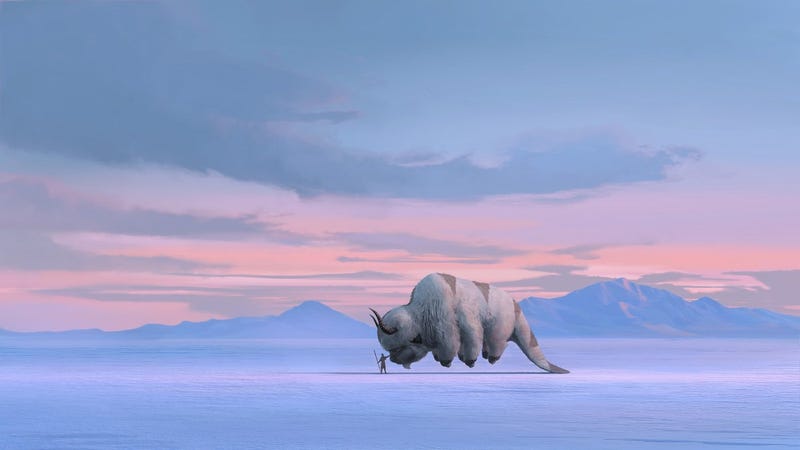
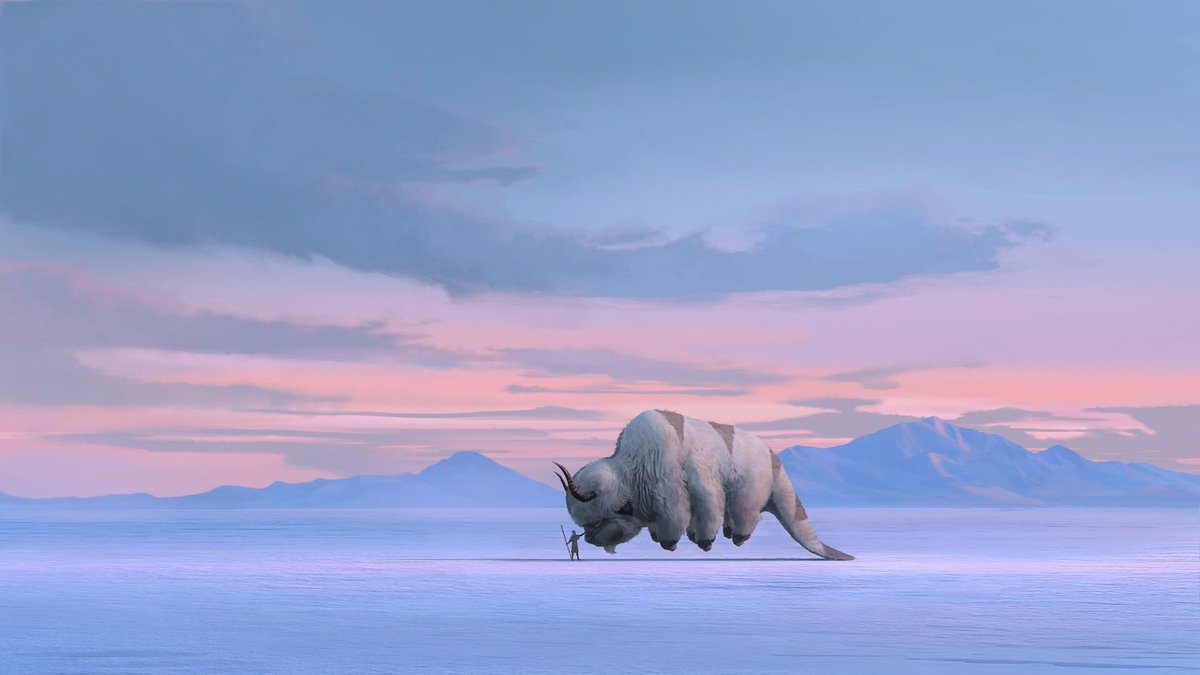

 Reply With Quote
Reply With Quote


